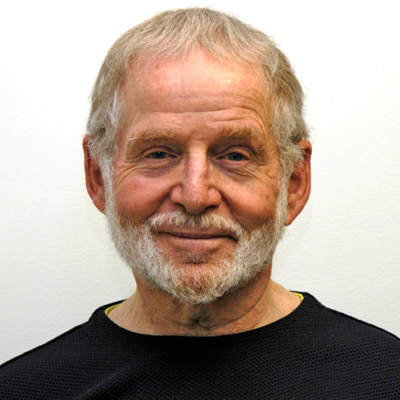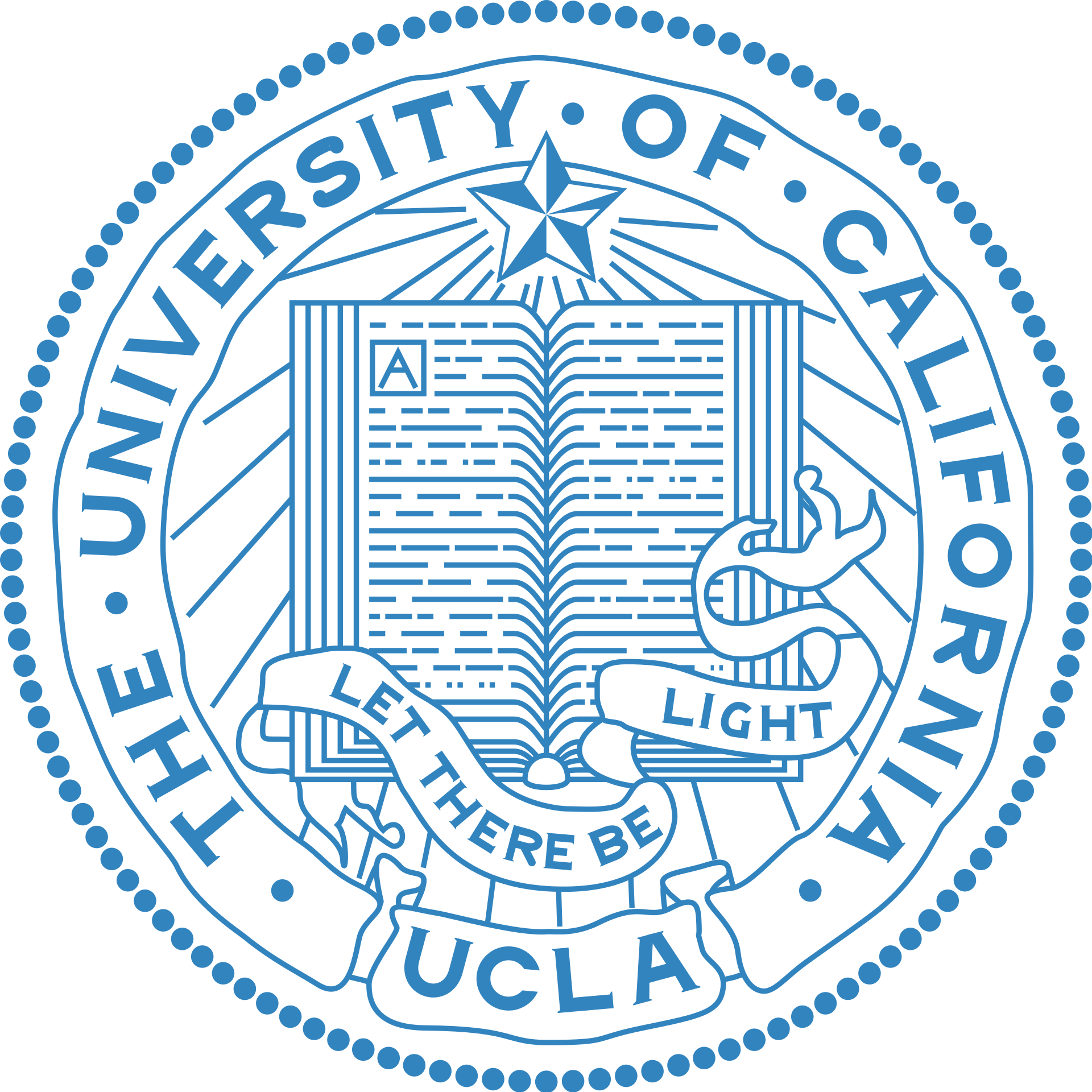Fundamental research leads to important insight into an important biological process
The cell or cytoplasmic membrane separates the interior of the cell from the outside environment. One of its most important features is that it is selectively permeable, meaning that the membrane only allows certain molecules to enter the cell while denying others. The membrane transport proteins that catalyze such movement, which also frequently drive accumulation against a concentration gradient (i.e., active transport) have been a focus for molecular biologists for nearly 50 years. Dr. Ronald Kaback, a Distinguished Professor at the University of California, Los Angeles and a member of the National Academy of Science, is a world-renowned leader who pioneered the modern field of membrane transport. His early studies on active transport and bioenergetics in right-side-out (RSO) membrane vesicles from bacteria, using Escherichia coli primarily as the paradigm, revolutionized membrane transport. Dr. Kaback then devoted his career to developing insight into the mechanisms of membrane transport and has remained at the forefront of the field for 45 years. His work with membrane proteins is likely to have a profound effect on health and disease due to the relationship between membrane transport processes and human physiology. At least two of the most widely prescribed drugs in the world, SSRI’s and gastric proton pump inhibitors, which are prescribed respectively for depression and certain intestinal disorders, are targeted to membrane transport proteins.
From the initial discovery that RSO vesicles are a well defined system for the study of transport and other functions to the development of probes for quantifying membrane potentials and pH gradients in microscopic systems to site-directed mutagenesis and cysteine-scanning mutagenesis to purifying a specific transport protein or so-called permease [the lactose permease of E. coli (LacY)] to obtaining X-ray crystal structures to engineering LacY for all manner of biochemical/biophysical studies and determining its mechanism of action. Dr. Kaback’s research has been highly innovative. Thus, most of the breakthroughs in the this research are now widely used and have been included in various textbooks, reference books, and teaching materials in many languages for both undergraduate and graduate teaching worldwide. His group of talented senior researchers, postdoctoral fellows and graduate students paired with numerous collaborators has led to the development of novel techniques and approaches that have yielded paradigm-shifting breakthroughs.
Current research includes:
-
Basic Research: Dr. Kaback’s fundamental research has lead to the development of the field of membrane transport. His continued research focuses upon fundamental mechanisms that continue to unravel this essential biological process.
-
LacY: LacY is the paradigm for the Major Facilitator Superfamily, which contains over 10,000 members related by amino acid sequence many of which are clinically important. Dr. Kaback is working to determine whether or not the mechanism proposed for LacY can be generalized to other members of the family.
- Nanobodies (Nbs) are very small antibodies made in llamas and related species. Dr. Kaback and colleagues recently published a groundbreaking paper describing the use of Nbs to study LacY.
Bio
Dr. Kaback’s father was a pharmacist, which led him and his brother to be programmed to go to medical school since they were children. True to such programming, his brother went on to become the physician that developed the screening program for Tay-Sachs disease. The brothers both attended Haverford College, which was the first institution in the world to teach what is now called “Molecular Biology” to undergraduates. There were no text books, and students utilized original scientific papers and the Scientific American as text materials. Furthermore, as seniors, biology students were encouraged to work on a research project with a professor. This gave Dr. Kaback experience using state-of-the-art technology at the time. This included the Warburg respirometer, chromatography, use of radioactivity, and much more.
By the time he graduated from Haverford, although he was going to medical school, Dr. Kaback knew that he was not going to practice medicine; he was going to be a biochemist. Therefore, he tried to squeeze into all the biochemistry seminars he could while at the Albert Einstein College of Medicine. He had an epiphany one day while in a lecture given by a bacterial geneticist. It seemed to Dr. Kaback that perhaps there could be another species of RNA in the membrane involved in amino acid transport. He received a fellowship that summer to test his idea. Although the epiphany turned out to be incorrect, from that moment on, he spent all his weekends and vacations with the vesicles he had prepared, which ultimately became known as “Kabackosomes.” Most important, his passion for the work led to the development of an entire field, which continues to expand today.
Dr. Kaback is so dedicated to his work that he spends little time on other projects. However, as a tennis enthusiast who was once a competitive player, he always enjoys a good match, and he has certainly found one with membrane transport proteins!


